Iana S. Polonskaia
Automated Evolutionary Approach for the Design of Composite Machine Learning Pipelines
Jun 26, 2021
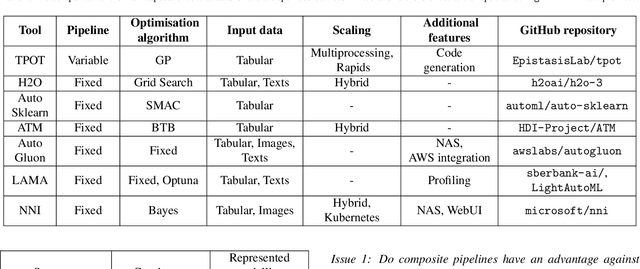

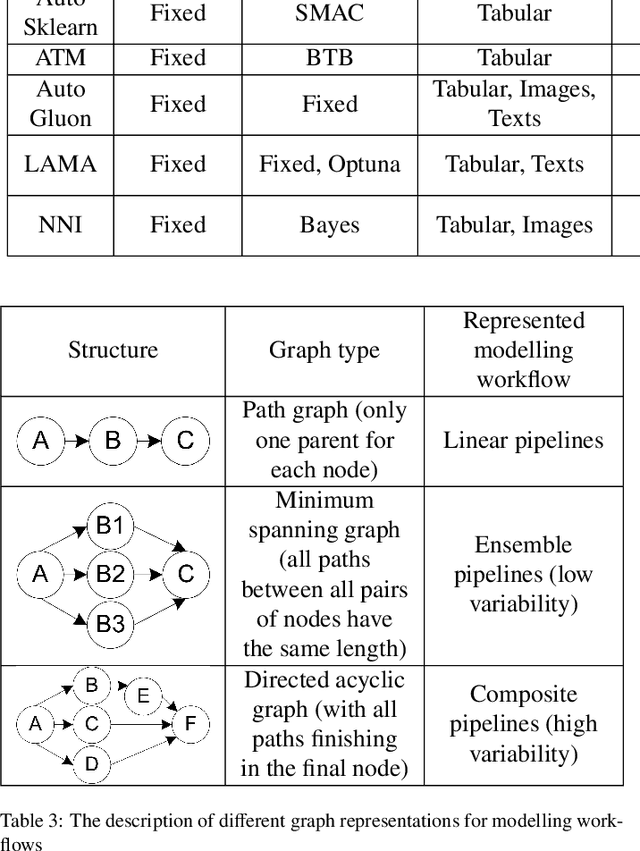
Abstract:The effectiveness of the machine learning methods for real-world tasks depends on the proper structure of the modeling pipeline. The proposed approach is aimed to automate the design of composite machine learning pipelines, which is equivalent to computation workflows that consist of models and data operations. The approach combines key ideas of both automated machine learning and workflow management systems. It designs the pipelines with a customizable graph-based structure, analyzes the obtained results, and reproduces them. The evolutionary approach is used for the flexible identification of pipeline structure. The additional algorithms for sensitivity analysis, atomization, and hyperparameter tuning are implemented to improve the effectiveness of the approach. Also, the software implementation on this approach is presented as an open-source framework. The set of experiments is conducted for the different datasets and tasks (classification, regression, time series forecasting). The obtained results confirm the correctness and effectiveness of the proposed approach in the comparison with the state-of-the-art competitors and baseline solutions.
Multi-Objective Evolutionary Design of CompositeData-Driven Models
Mar 01, 2021

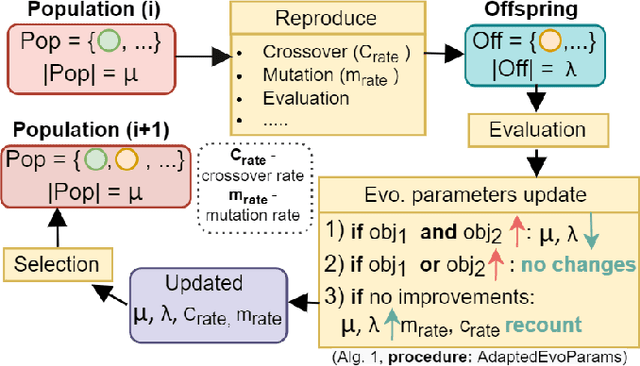
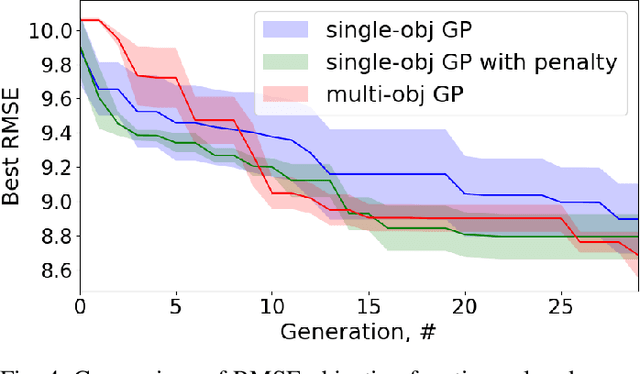
Abstract:In this paper, a multi-objective approach for the design of composite data-driven mathematical models is proposed. It allows automating the identification of graph-based heterogeneous pipelines that consist of different blocks: machine learning models, data preprocessing blocks, etc. The implemented approach is based on a parameter-free genetic algorithm (GA) for model design called GPComp@Free. It is developed to be part of automated machine learning solutions and to increase the efficiency of the modeling pipeline automation. A set of experiments was conducted to verify the correctness and efficiency of the proposed approach and substantiate the selected solutions. The experimental results confirm that a multi-objective approach to the model design allows achieving better diversity and quality of obtained models. The implemented approach is available as a part of the open-source AutoML framework FEDOT.
The multi-objective optimisation of breakwaters using evolutionary approach
Apr 06, 2020
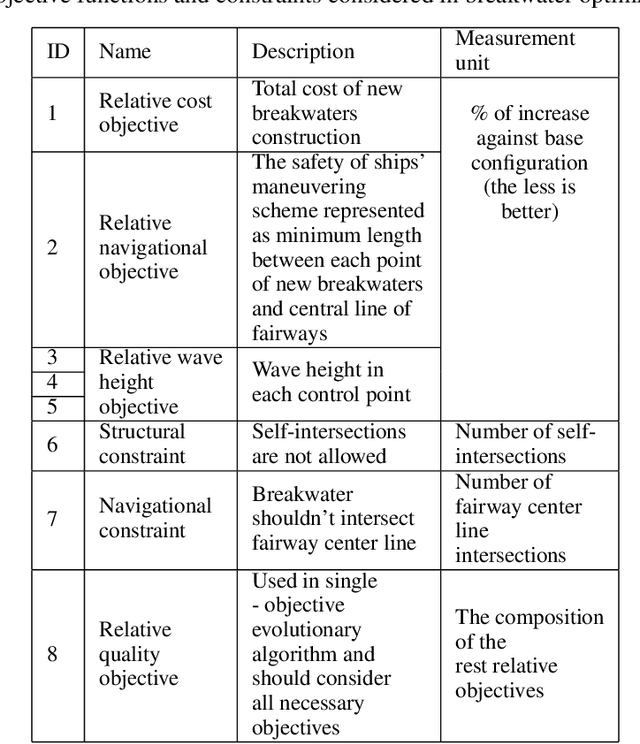

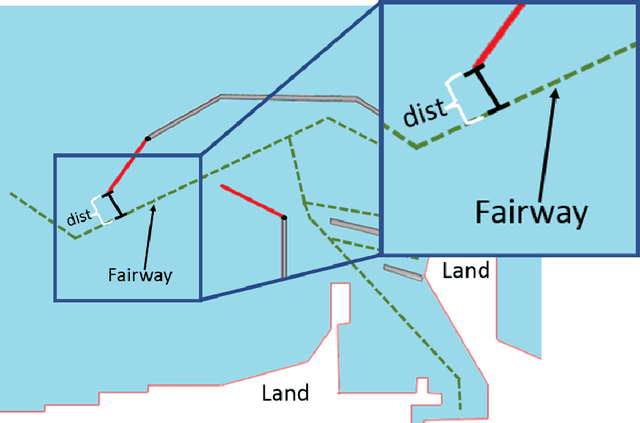
Abstract:In engineering practice, it is often necessary to increase the effectiveness of existing protective constructions for ports and coasts (i. e. breakwaters) by extending their configuration, because existing configurations don't provide the appropriate environmental conditions. That extension task can be considered as an optimisation problem. In the paper, the multi-objective evolutionary approach for the breakwaters optimisation is proposed. Also, a greedy heuristic is implemented and included to algorithm, that allows achieving the appropriate solution faster. The task of the identification of the attached breakwaters optimal variant that provides the safe ship parking and manoeuvring in large Black Sea Port of Sochi has been used as a case study. The results of the experiments demonstrated the possibility to apply the proposed multi-objective evolutionary approach in real-world engineering problems. It allows identifying the Pareto-optimal set of the possible configuration, which can be analysed by decision makers and used for final construction
 Add to Chrome
Add to Chrome Add to Firefox
Add to Firefox Add to Edge
Add to Edge